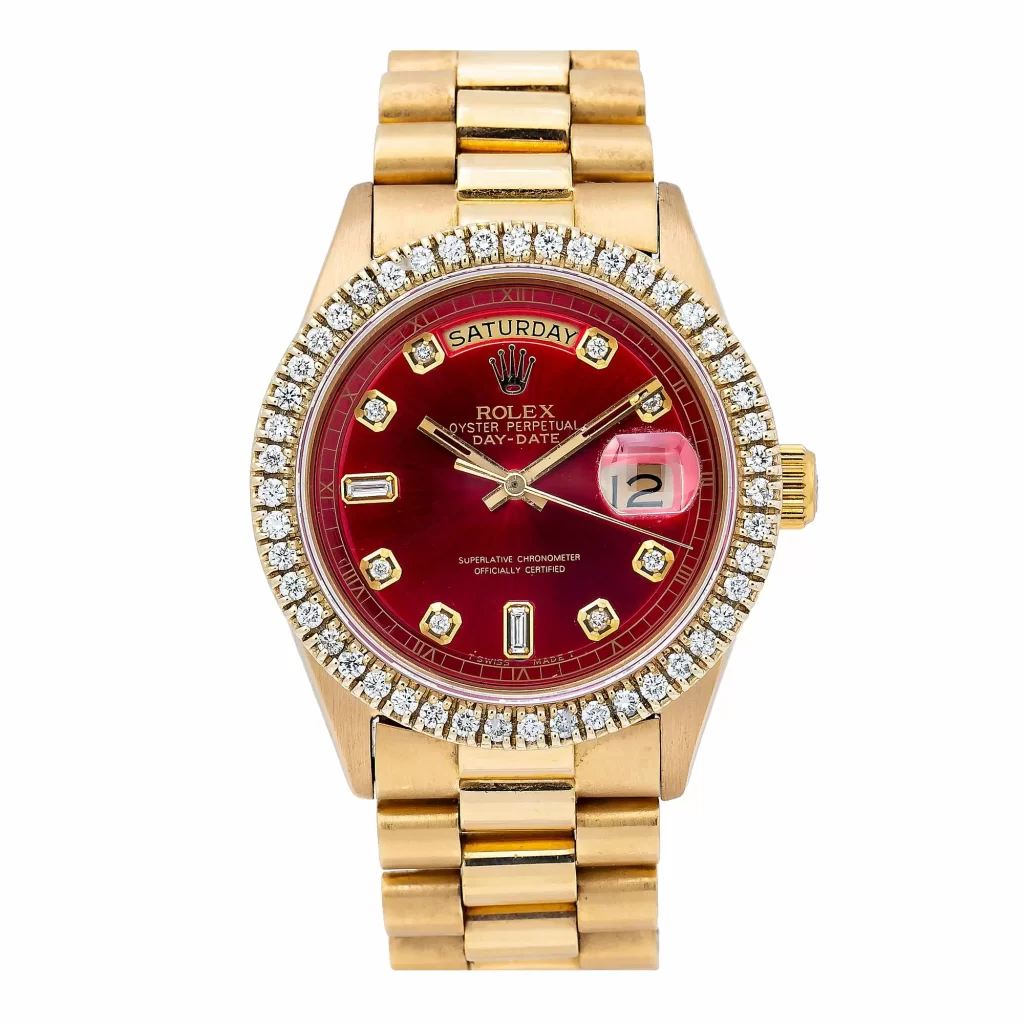
The Difference in Rolex Twinlock vs Triplock?
Rolex watches are known for their elegance, style, robustness, and water resistance, making them popular choices for divers and adventurers. The crown sealing system is one key aspect that contributes to their water resistance. Replica Rolex offers two main types of crown sealing systems: Twinlock and Triplock. This article will delve into the differences between Rolex Twinlock and Triplock to understand their unique features and advantages.
The Twinlock system is an earlier sealing technology used by Rolex in some of its timepieces. As the name suggests, this system features a dual waterproof mechanism, utilizing two rubber gaskets inside the winding crown. These gaskets create a reliable seal against water intrusion, making the watch resistant to water at moderate depths.
The Twinlock system is typically found in Rolex watches designed for everyday wear and less extreme water activities. These watches often have a water resistance rating of around 100 meters, suitable for swimming and light water sports. While the Twinlock system provides good water resistance, it may not be ideal for professional diving or activities involving higher water pressures. 
The Triplock system is a more advanced and robust crown sealing system introduced by Rolex to enhance the water resistance of their timepieces significantly. It features three sealing zones, called “Triplock,” which provide an extra layer of protection against water penetration.
Unlike the Twinlock, the Triplock system utilizes three rubber gaskets inside the winding crown, making it more water-resistant at greater depths. The additional gaskets create a triple-sealed barrier, ensuring the crown is tightly sealed and secure. As a result, fake Rolex watches equipped with the Triplock system offer a higher water resistance rating, often reaching depths of 300 meters or more.
The Triplock system is typically found in Rolex’s professional replica watches, such as the Submariner, Sea-Dweller, and Deepsea models. These timepieces are specifically engineered to withstand the extreme pressures and conditions experienced during deep-sea diving and professional underwater activities.
In conclusion, the main difference between Rolex Twinlock and Triplock lies in their sealing mechanisms and water resistance capabilities. While both systems are designed to provide adequate water resistance for various activities, the Triplock system offers more protection, making it the preferred choice for professional divers and those seeking higher water resistance ratings.
